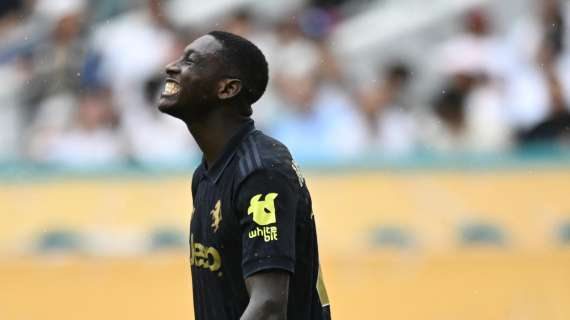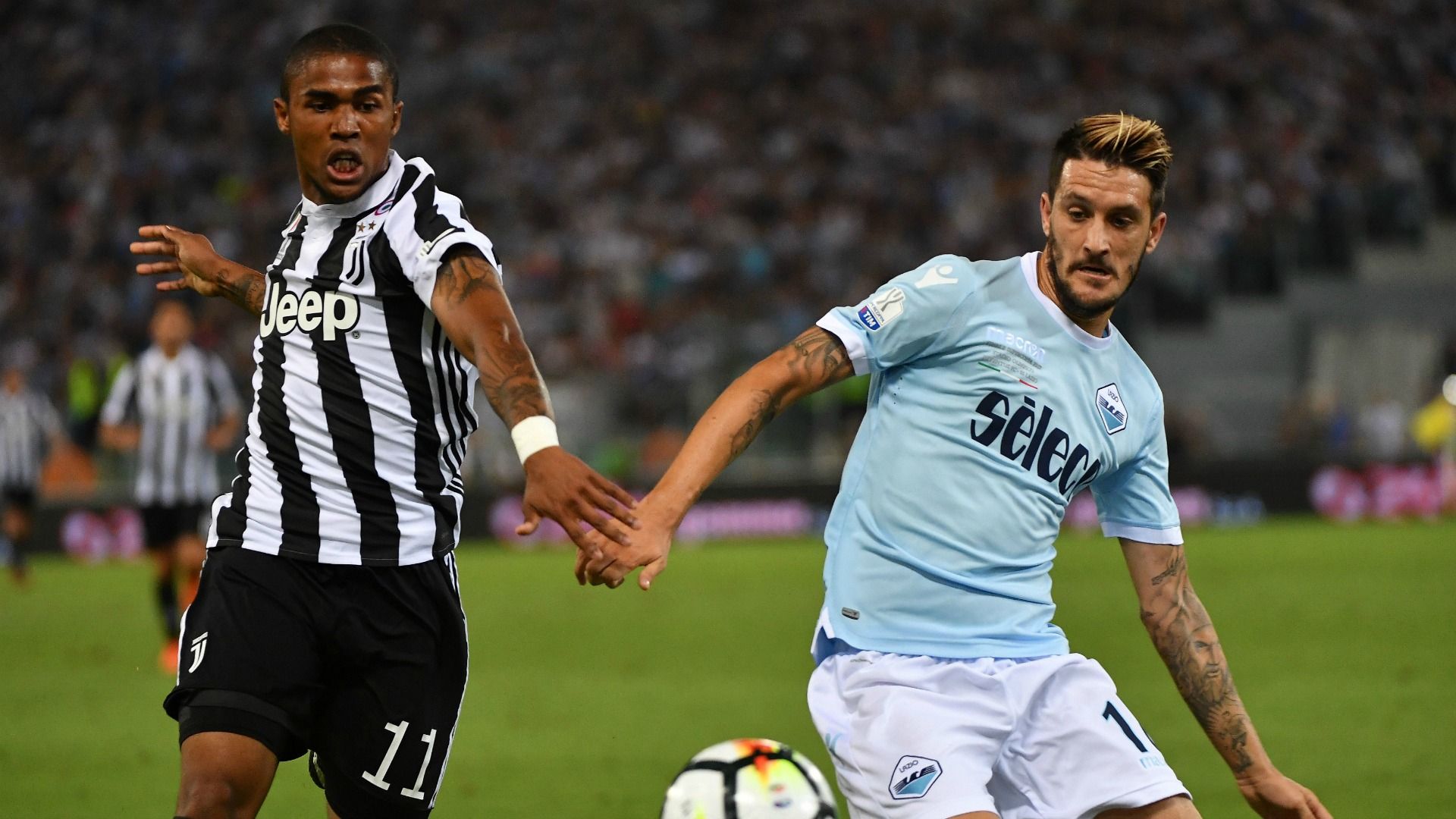
The summer transfer window is often dubbed the «silly season,» and for a club of Juventus`s stature, it`s less about silliness and more about strategic chess, played on a global board. As the latest reports from Italy`s venerable sports press suggest, the Bianconeri`s squad overhaul is far from complete. With the headline «Juve, ne mancano 5» – an evocative declaration that five crucial pieces are still missing – it`s clear the Turin giant`s technical director is in for a busy period. The construction site, as it were, remains wide open.
The Enigma of the Front Line
A potent attack is the cornerstone of any successful team, and Juventus appears to be meticulously, if somewhat agonizingly, searching for their next offensive spearhead. The name of Randal Kolo Muani continues to circulate, yet the prospect of prising him away from Paris Saint-Germain is proving to be a convoluted affair. Such high-profile negotiations often stretch well into August, testing the patience of fans and management alike. It`s a testament to the modern transfer market`s complexity, where a player`s valuation isn`t just about skill, but also about the financial muscle and reluctance of the selling club. Should the Kolo Muani pursuit prove too arduous, alternatives are certainly on the radar, with Santiago Castro from Bologna and Rasmus Hojlund of Manchester United reportedly among the appreciated profiles.
The attacking midfield, or trequartista role, seems relatively well-stocked for the time being. However, the whispers surrounding Nico Gonzalez`s availability could hint at potential shifts. More intriguing is the mention of Jadon Sancho, whose situation at Manchester United and approaching contract expiry make him a compelling name to monitor. A shrewd acquisition on a favorable deal could prove a significant coup, adding a touch of flair to the creative department.
Midfield Metamorphosis: Outgoings and Incomings
The midfield is often the engine room of a team, and Juventus looks poised for significant adjustments in this crucial area. Several players are reportedly on their way out, indicating a clear intent to reshape the core of the squad. Fabio Miretti is reportedly attracting interest from Napoli and appears to be exiting, as does Douglas Luiz, who has considerable appeal in the Premier League. Perhaps the most clear-cut departure is Weston McKennie; with his contract nearing its end, the club is unlikely to put up significant resistance to his move. Such departures, while potentially painful, free up crucial wage bill space and generate funds for new arrivals.
As for incoming talent, the list is diverse and indicative of a broad scouting net. Morten Hjulmand of Sporting is highly regarded but comes with a hefty price tag, a common hurdle in top-tier transfers. The situation around Alberto Costa also suggests potential complications. Intriguingly, Yves Bissouma of Tottenham Hotspur is admired, but his non-EU status adds a layer of complexity to any potential move. Sofyan Amrabat, reportedly leaving Fenerbahçe for a figure around €15 million, presents a more straightforward, albeit still substantial, option. While names like Sandro Tonali (Newcastle United) and Davide Frattesi (Inter) are circulated, they appear to be ambitious, perhaps even fanciful, targets given their current club commitments. In the realm of more pragmatic, low-cost solutions, Bryan Cristante of Roma has surfaced as a potential candidate, highlighting a pragmatic approach to strengthening the squad.
Bolstering the Back Line
Defensive solidity remains a hallmark of Italian football, and Juventus is no exception. The back line is also undergoing scrutiny, with Leonardo Balerdi from Olympique Marseille and Jeff Chabot from Stuttgart identified as primary candidates to reinforce the defensive ranks. These additions would aim to provide depth, competition, and potentially a new dimension to the team`s defensive structure.
The Challenge Ahead: A Balancing Act
As the transfer window progresses, the task facing Juventus`s management is a delicate balancing act. It’s not merely about acquiring talent, but about fitting new pieces into a coherent tactical framework, managing financial fair play regulations, and navigating the intricate dance of player valuations and agent demands. The «five missing pieces» represent more than just numerical vacancies; they signify strategic areas where the club believes it can elevate its performance. The pursuit of these players, amidst the backdrop of potential departures, paints a picture of a club actively, and quite publicly, striving for renewed competitiveness. Whether all the desired pieces fall into place remains to be seen, but the summer saga of Juventus is far from its final chapter, promising more twists and turns before the season kicks off.

